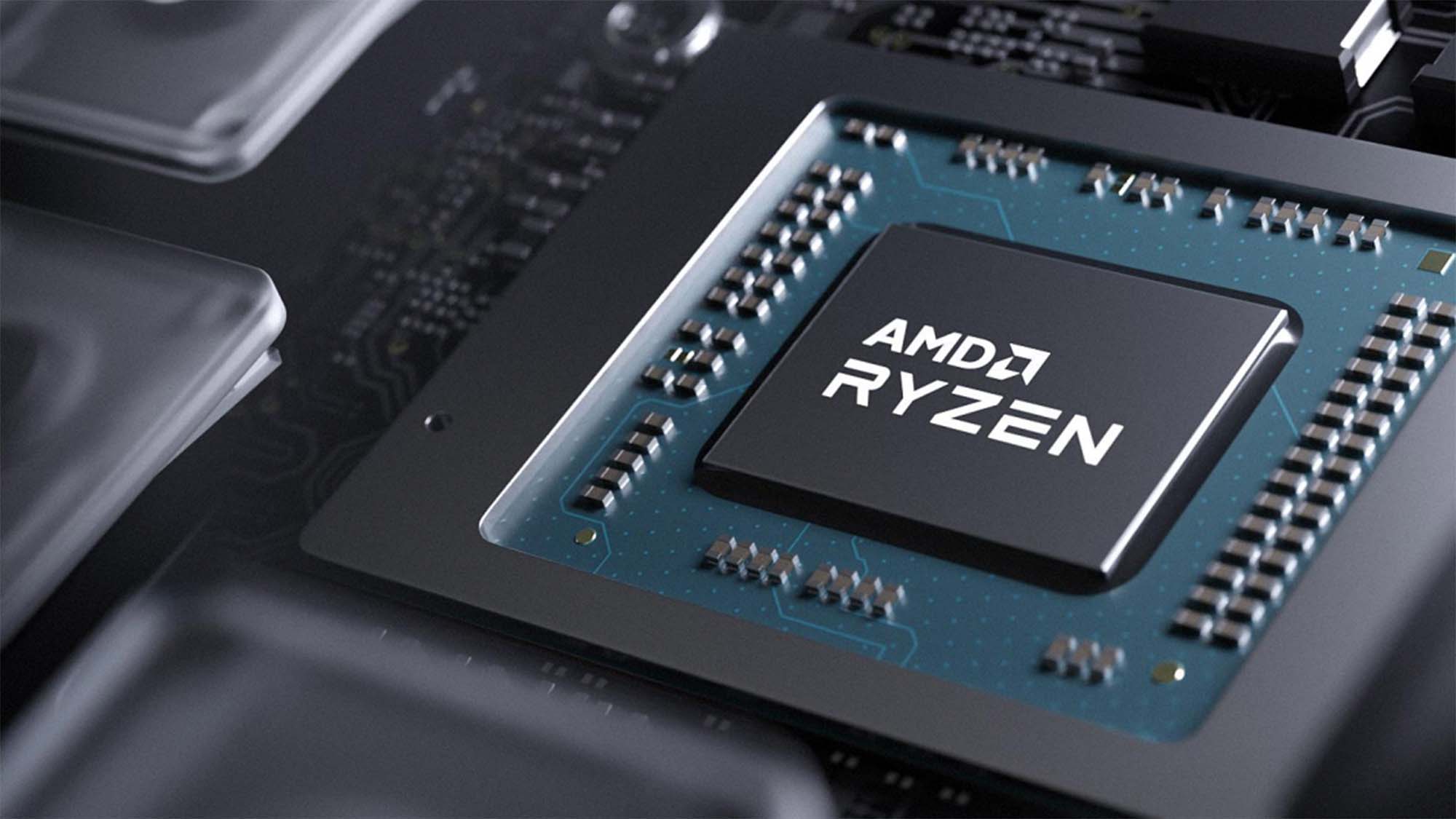The latest roadmap for AMD’s products has been shown, revealing a whole host of planned hardware releases ranging from Zen 4 CPUs launching later this year to new APUs for datacenter use. Perhaps most exciting, though, is the news of new hardware slated for launch further down the line: RDNA 4 graphics cards and Zen 5 processors, both due for release in 2024.
RDNA 4 will (shockingly enough) follow the new RDNA 3 GPU architecture scheduled to launch later this year. That means we’ve just been given our very first glimpse of Radeon RX 8000-series gaming GPUs, codenamed ‘Navi 4x’.
We don’t have any concrete numbers on the RX 8000 graphics cards yet, but the flagship will likely be the RX 8900 XT and is presumed to employ a dual-node architecture using 3nm and 5nm processes. It appears that the Navi 4x family will exclusively use RDNA 4 architecture, while rumors suggest that Navi 3x (the RX 7000 series coming this year) may use RDNA 3 for the higher-end GPUs and a refreshed RDNA 2 for the cheaper ones.
Details on the Zen 5 CPUs are even thinner on the ground, beyond the 2024 release date and whatever we can extrapolate from what we know about the Zen 4 microarchitecture. AMD is promising a serious 35% performance increase from Zen 3 to Zen 4, so we can reasonably expect a significant boost in Zen 5.
Interestingly, AMD also mentions that Zen 5 includes ‘optimizations for AI and machine learning’, but doesn’t elaborate on what that means. With AMD’s FSR upscaling tech notably not using dedicated AI cores (unlike Nvidia’s DLSS and Intel’s XeSS), could we expect to see AMD diving into AI-powered hardware with these new CPUs? In any case, we’re excited to see more.
Analysis: Will RDNA 4 be worth waiting for?

We still don’t even have a concrete release date for AMD’s Radeon RX 7000 GPUs yes, which will be going up against both Nvidia’s Lovelace graphics cards and Intel’s Arc desktop GPUs later this year (assuming Intel manages to stick to their ever-slipping release plans). So it might feel silly to get pumped up about RX 8000 this soon.
But today’s news has given more details on the 7000-series cards, and the reveal that some of these lower-end Navi 3x GPUs will be running on the current RDNA 2 architecture (with a single GPU node) might prove to be a blow to anyone looking for a more affordable graphics card.
We’ll have to wait for actual performance figures, but this decision could lead to a significant rift in gaming performance between the higher-end RDNA 3 GPUs and the cheaper refreshed RDNA 2 models. If that’s the case, anyone looking to upgrade for gaming at 1080p or potentially even 1440p may want to wait until RX 8000 drops and leap straight from RDNA 2 to RDNA 4.
From WCCFTech
